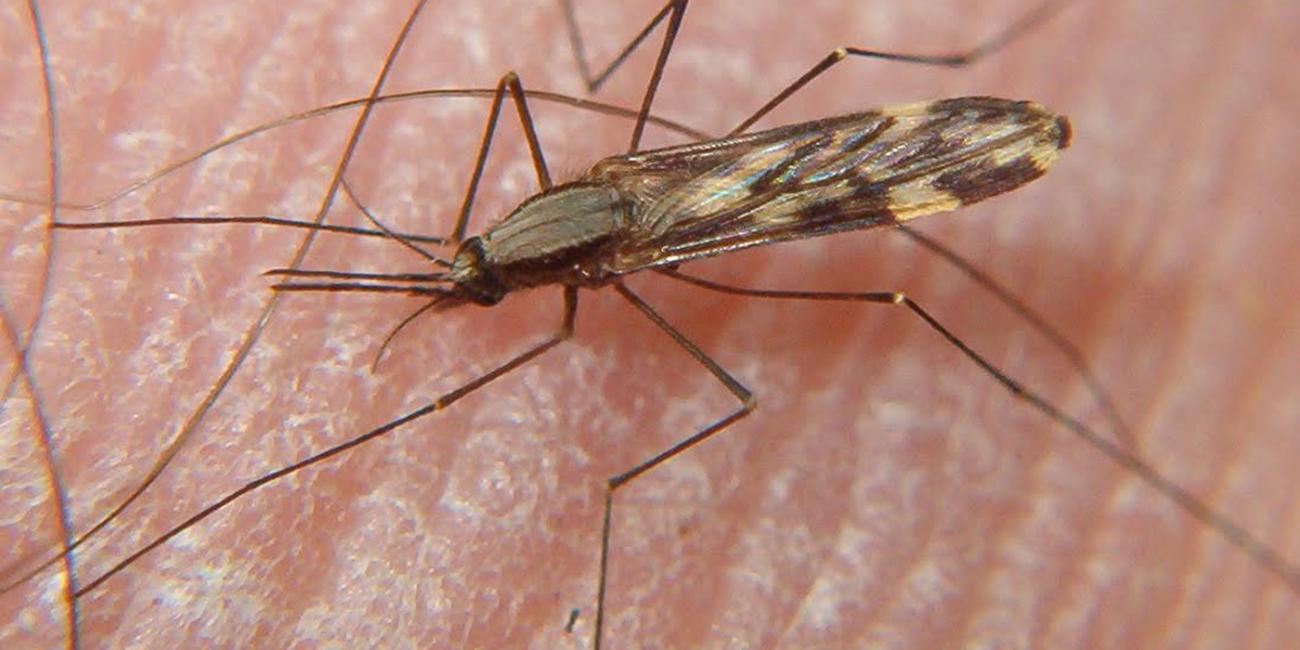Biography
Anna Kearns is a postdoctoral research fellow at the Smithsonian Conservation Biology Institute’s Center for Conservation Genomics. Kearns is an evolutionary biologist, primarily focused on untangling the evolutionary history, systematics and taxonomy of birds at the early stages of speciation. Such groups often have conflicting genomic signatures resulting from their recent shared histories and from hybridization during the early stages of speciation. Her postdoctoral fellowship at the Smithsonian is focused on the common raven (Corvus corax)—a species whose genome appears to be formed from two distinct lineages that were on the pathway to speciation but have instead begun to merge back into a single species. Such examples of “speciation reversal” are rare in nature but expected to become more common as climate change and habitat loss forces species to rapidly come into contact with each other.
Kearns' work at the Smithsonian is focused on uncovering how recent changes in the range of ravens over the past 100 years have impacted the progress of speciation reversal. To do this, she is using genomic sequence capture techniques to obtain thousands of variable regions from the genomes of raven specimens that were collected by museums in the late 1800s and early 1900s. Kearns’ work will provide a framework for the management of other cases of speciation reversal and help to determine the distinctiveness of Channel Island and Clarion Island ravens, as well as the source of migrants of recent raven expansions in the western U.S. in order to resolve their conservation status and direct management actions to protect endangered species that are at risk from ravens.
Kearns received her bachelor's of science with first class honors from the Australian National University in Canberra, Australia, with a focus on evolution and genetics. She received her Ph.D. at The University of Queensland in Brisbane, Australia, in collaboration with the Australian National Wildlife Collection, CSIRO. Her dissertation focused on the impact of historical climate change on the evolutionary history of the Australian and New Guinean biota, using the butcherbirds (Cracticus) as her focal system. Prior to this position at the Smithsonian, Kearns conducted postdoctoral work on the iconic Pacific robins at the University of Maryland, Baltimore County, and on speciation reversal of ravens at the Natural History Museum, University of Oslo in Norway.
Kearns developed a love for hiking, camping, animals and science at a very young age. Some of her earliest memories involve ‘rescuing’ frogs from the swimming pool at the age of 3 in Darwin, Australia.
